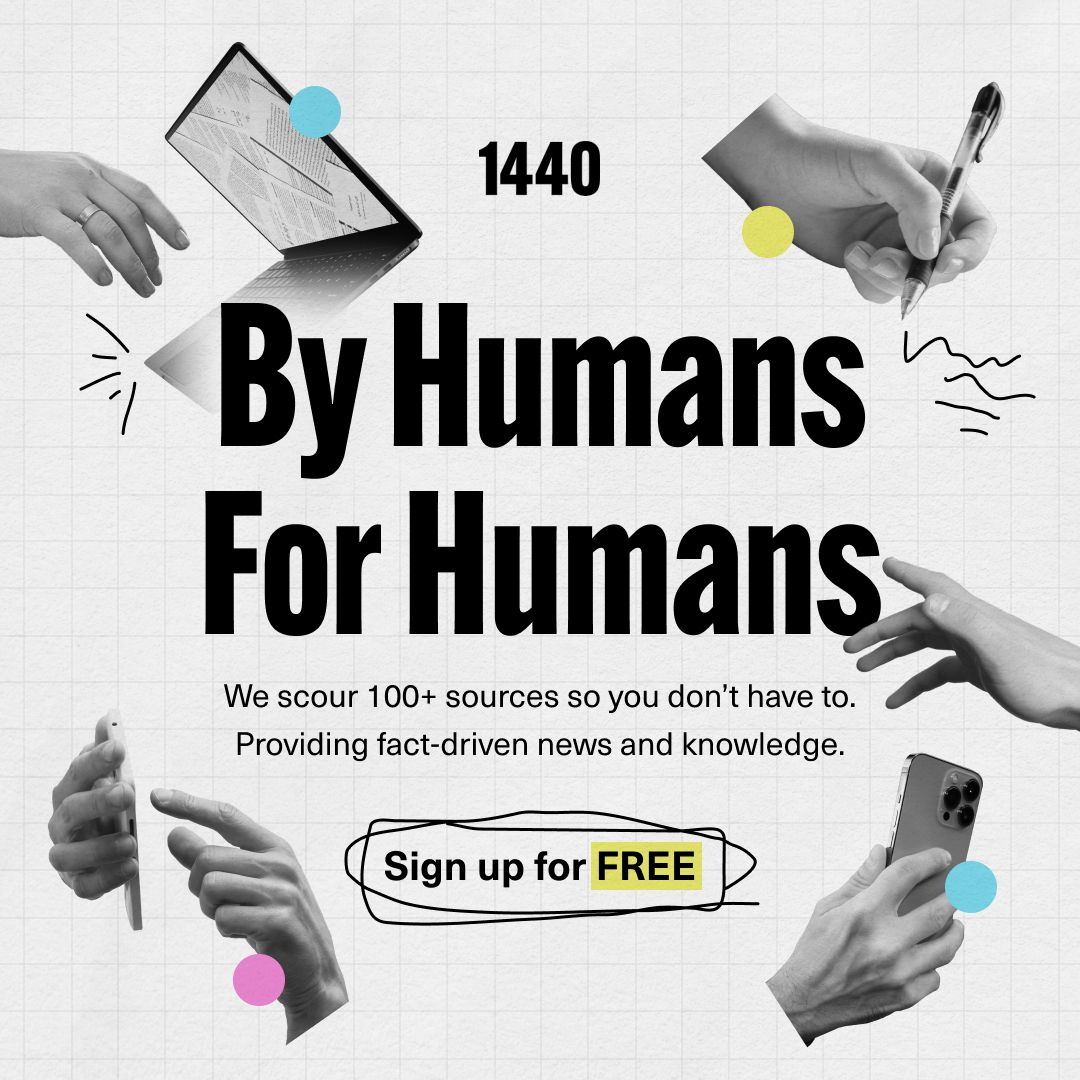- Startup Stoic
- Posts
- How Figma Went from Dormant Startup to Design Supremacy
How Figma Went from Dormant Startup to Design Supremacy
A Growth Engine Unleashed
In the world of creative tools, where legacy players often dominate with entrenched habits and hefty pricing, Figma emerged—ground-up, community-first, and unapologetically collaborative. From its stealth beta to IPO stardom, Figma built a growth engine that’s become a milestone for product-led companies.
Let’s unpack Figma’s playbook for founders: how to use community, product architecture, and strategic GTM to drive exponential growth.
Fact-based news without bias awaits. Make 1440 your choice today.
Overwhelmed by biased news? Cut through the clutter and get straight facts with your daily 1440 digest. From politics to sports, join millions who start their day informed.
Phase 1: Planting Seeds in Stealth Mode
Figma didn’t launch to the masses—it launched to advocates. In its early, invite-only phase, team members like Claire Butler personally engaged with designers, gathering feedback and building relationships. These early users weren’t just testers—they became Figma’s first evangelists. That organic trust cemented Figma’s credibility before it even fully existed.
Phase 2: A Freemium Model Built for Virality
What made Figma spread like wildfire? Two design choices:
Effortless Access
No downloads. No license keys. Just open your browser and design. That simple onboarding delivered instant value and broke down every adoption barrier.

Figma didn’t limit collaboration—it made it free. Every shared URL acted as an invitation. Teams could loop in developers, PMs, marketers—without a paywall. That instinctive shareability embedded Figma into the DNA of organizations.
Phase 3: Community as the Ultimate Growth Engine
Figma didn’t just have a tool—the product was a platform, powered by users:
A flourishing Figma Community with templates, design systems, plugins, and files fostered trust and sticky adoption.
“Friends of Figma”—user-run meetups around the world—scaled engagement globally without an enterprise team.
Designer Advocates (DAs)—often rising from the community—served as relatable touchpoints within organizations, helping continue the spread from within.
Phase 4: Content, Education & Ecosystem Expansion
Smart onboarding meets smart retention:
Interactive tutorials, blog posts, case studies, and livestream talks made learning Figma a breeze. Users didn’t just adopt Figma—they mastered and promoted it.
Educational initiatives: Offering Figma free to students and educators seeded adoption early. Design graduates entered the workforce already fluent in Figma.
Integrations and plugins: With hundreds of partners—from Slack to GitHub—and 10,000+ community plugins, Figma embedded itself in every stage of the product workflow.
Kickstart your holiday campaigns
CTV should be central to any growth marketer’s Q4 strategy. And with Roku Ads Manager, launching high-performing holiday campaigns is simple and effective.
With our intuitive interface, you can set up A/B tests to dial in the most effective messages and offers, then drive direct on-screen purchases via the remote with shoppable Action Ads that integrate with your Shopify store for a seamless checkout experience.
Don’t wait to get started. Streaming on Roku picks up sharply in early October. By launching your campaign now, you can capture early shopping demand and be top of mind as the seasonal spirit kicks in.
Get a $500 ad credit when you spend your first $500 today with code: ROKUADS500. Terms apply.
Phase 5: From PLG to Enterprise Flywheel
As Figma gained traction, its GTM engine evolved:
Teams organically adopted Figma, then scaled inside organizations. By 2018, Figma finally added a sales team to master enterprise workflows and contracts.
Its multiplication of value among teams paid off: staggering metrics like 132% net dollar retention, 88% gross margins, and effective sales efficiency validated Figma as a SaaS growth dynamo.
The IPO Moment: A Monument to Execution
Fast forward to 2025—Figma’s IPO made waves:
The stock debuted at $33, surged 250% on opening day, and gave Figma a market cap north of $60 billion—far eclipsing the $20B offer from Adobe.
Metrics from the S-1 filing: $749M in revenue (2024), 13M monthly active users, with 95% of Fortune 500 companies using it. Growth was both deep and broad.
Now, as Figma rolls out AI tools and product extensions like prototyping, hosting, and marketing assets, its platform is becoming a one-stop creative engine.
Founder Lessons: Building Growth Engines that Scale
Growth Play | Figma's Strategy | Why It Worked |
|---|---|---|
Stealth → Advocates | Invite-only beta with personal outreach | Weaved trust organically |
Freemium & Virality | Instant, browser-based access with free collaboration | Built network effects seamlessly |
Community Empowerment | Plugins, meetups, advocates | Scaled globally, with low acquisition costs |
Education & Ecosystem | Tutorials, students, integrations | Created lifelong users and workflows |
PLG to Enterprise | Bottom-up adoption + enterprise GTM | Captured both agility and scale |
IPO & Expansion | Public funding and AI + new tools | Reinforced leadership and future growth capability |
Final Thought
Figma’s rise isn’t just about a smarter design tool—it’s a masterclass in how to build a product into a platform, a tool into an ecosystem, and a company into a powerhouse. Its journey teaches us that exponential growth comes not from spikes, but from well-designed gradual virality compounded by community and execution.
Until next time,
— Team Startup Stoic


